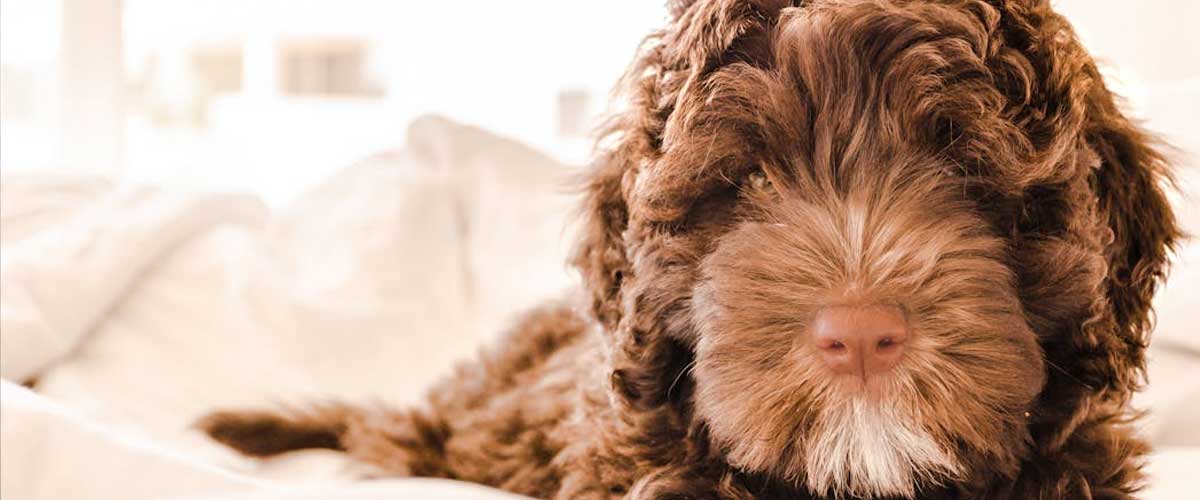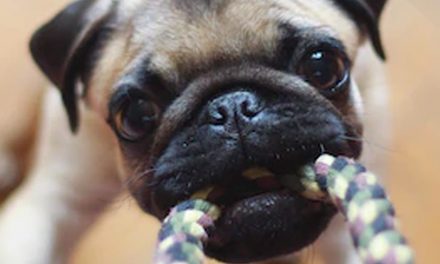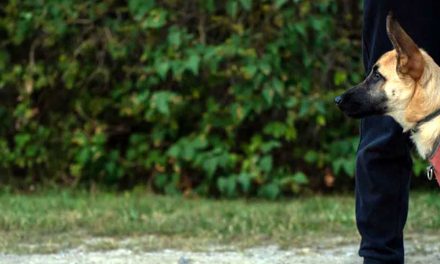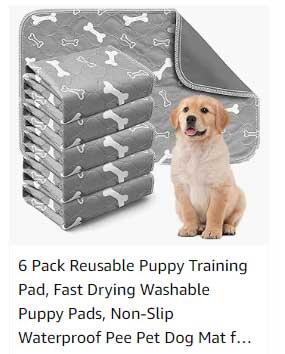Training your dog to understand where they are allowed to go inside your home is essential for creating a harmonious living environment.
Clear boundaries help ensure your pup feels secure and keeps your home intact.
Here’s a guide to help you effectively train your dog on house boundaries.
1. Establish Clear Rules
Before you start training, decide which areas of the house are off-limits for your dog.
Common restricted areas include:
- Bedrooms
- The kitchen
- Certain furniture (like couches or beds)
- Any space where you keep valuable items
Once you have your list of restricted areas, it’s important to be consistent.
Everyone in the household should agree on these rules to avoid confusing your dog.
2. Use Positive Reinforcement
Positive reinforcement is one of the most effective training methods.
When your dog obeys rules, reward them with treats, praise, or playtime.
For instance, if your dog stays out of a certain room, offer them a treat or show affection.
This reinforces good behavior and makes them associate staying within boundaries with positive outcomes.
3. Command Training
Teach your dog basic commands like “stay,” “leave it,” or “go to your place.”
These commands can be helpful in guiding your dog to understand where they do and do not belong.
A reliable “stay” command can help keep your dog in designated areas while you’re busy.
4. UseBaby Gates or Barriers
Physical barriers such as baby gates can be useful when training your dog about house rules.
Use gates to block access to restricted areas.
This method helps them learn visually where they can and cannot go and provides a clear physical boundary.
5. Create a ‘Dog Zone’
Designate a specific area in your home where your dog is allowed to roam freely.
Set up a comfortable space with their bed, toys, and water.
By giving them a specific ‘dog zone,’ they’ll feel secure and know where they belong, thus reducing their desire to explore restricted areas.
6. Supervise and Correct
Initially, keep an eye on your dog to catch them when they stray into forbidden areas.
If you catch them in the act, calmly guide them back to an allowed area and reinforce the command to “stay” or “leave it.”
Remember, patience is key here.
Focus on correcting the behavior rather than punishing them, which can create fear or anxiety.
7. Practice Gradually
Training takes time, so don’t expect immediate results. Start with one room or area before gradually introducing more boundaries.
Each successful encounter builds their understanding and strengthens your training.
8. Consistency is Key
Always be consistent with your commands and rules.
If you occasionally allow your dog into a restricted area, it will only confuse them.
Stick to your boundaries, and reinforce them consistently over time.
9. Reward Good Behavior
Every time your dog respects the boundaries you’ve set, reward them.
This positive reinforcement will encourage them to continue this good behavior.
It’s important to celebrate progress, no matter how small.
10. Be Patient and Persistent
Training your dog takes time and persistence.
Understand that some dogs will catch on quickly while others may take a little longer.
Continue to be patient and supportive, and never hesitate to reach out to a professional trainer if needed.
Conclusion
Training your dog about house rules can strengthen your bond and ensure a peaceful living environment.
By establishing clear boundaries, using positive reinforcement, and being consistent with your approach, your dog will learn where they are welcome and where they should stay out.
With time and effort, you’ll have a well-trained dog who respects the rules of your home.











